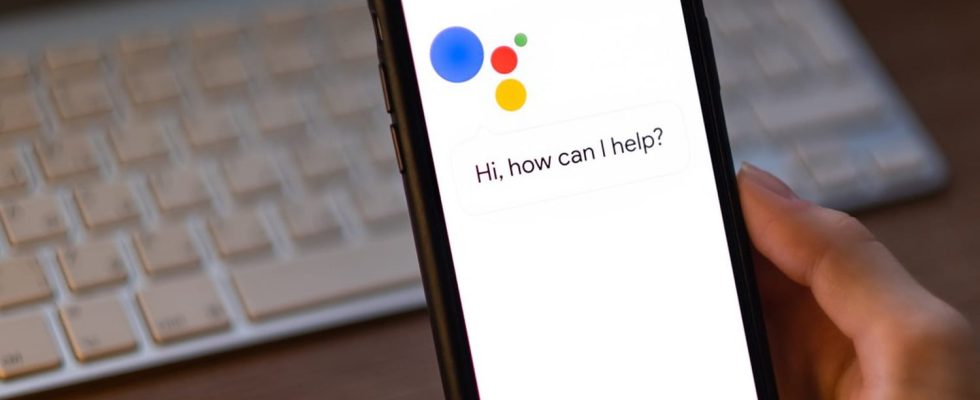Surprise ! Google will cut several functions from its famous Voice Assistant by the end of January. A little cleaning which foreshadows the upcoming integration of Bard, its new, much more powerful artificial intelligence module.
To win the artificial intelligence race in which it has embarked, Google is determined to integrate its Bard conversational AI into its Voice Assistant, which has more than two billion users, in order to enable it to accomplish tasks much more sophisticated than simple voice commands. Last October 4, during its Made By Google conference, the company explained that the tool that would result from this merger, called Assistant with Bard, would be able to answer an even wider range of questions and tasks, ranging from from basic requests such as weather, setting alarms or sending messages to more sophisticated AI-generated responses (see our article). It will even be able to interact directly with Google applications, such as Gmail and Drive. But while waiting for its deployment to the general public, the Mountain View firm has decided to sort out the functions of its voice assistant a little, by removing no less than seventeen of them, as it announced in a blog post. This news comes after the dismissal of several hundred of its employees, some of whom worked on the Assistant.
Google Assistant: cleaning before Bard arrives
Google justifies this decision by the desire to focus on the functions of the Voice Assistant which are really useful. “We’re prioritizing the experiences you love and investing in the underlying technology to make them even better, which means some little-used features will no longer be supported”, explains the company. If you attempt to use one of them, you may receive a notification indicating the exact date on which it will disappear. These deletions will come into force from January 26 and will be final on February 26. Note that Google offers an alternative for some of them, even if most of them will disappear altogether. Here are the main ones affected:
- Read or control audiobooks on Google Play Books with your voice – streaming audiobooks from a smartphone will, however, still be possible;
- Set or use media, music or radio alarms – instead, it will need to create a similar personalized routine or use a standard alarm;
- Access and manage your cookbook, transfer recipes from one device to another, play a recipe video or show recipes step by step;
- Manage a timer on connected screens and speakers;
- Use your voice to call a device or broadcast a message to your Google Family group;
- Use your voice to send an email, video or audio message;
- Reschedule an event in Google Calendar with voice;
- Use App Launcher in Assistant driving mode on Google Maps to listen to and send messages, make calls or control multimedia – however it will still be possible to do this directly on the mapping application;
- Ask to schedule or hear a family announcement;
- Meditate with Calm, the mediation application;
- Use voice to control activities on Fitbit Sense and Versa 3 devices;
- View your sleep data on devices other than connected screens;
- Show caller ID for calls made from connected speakers and screens – unless using Google Duo;
- Display estimated travel time from home to work on connected screens – however it will still be possible to obtain this information by voice;
- Request verification of personal travel itineraries by voice;
- Request information about your contacts;
- Request to perform certain actions by voice, such as sending a payment, making a reservation, or posting to social media.
Another small development is expected in the operation of the microphone icon found in the search bar on smartphones. In a few weeks, it will no longer allow you to perform actions like “turn on the lights” or “send a message”. Eventually, it will only be used to perform a Google search by voice, which is its most popular function. To activate the Assistant, you will absolutely have to say “Hey Google” or press and hold the home or power button.
